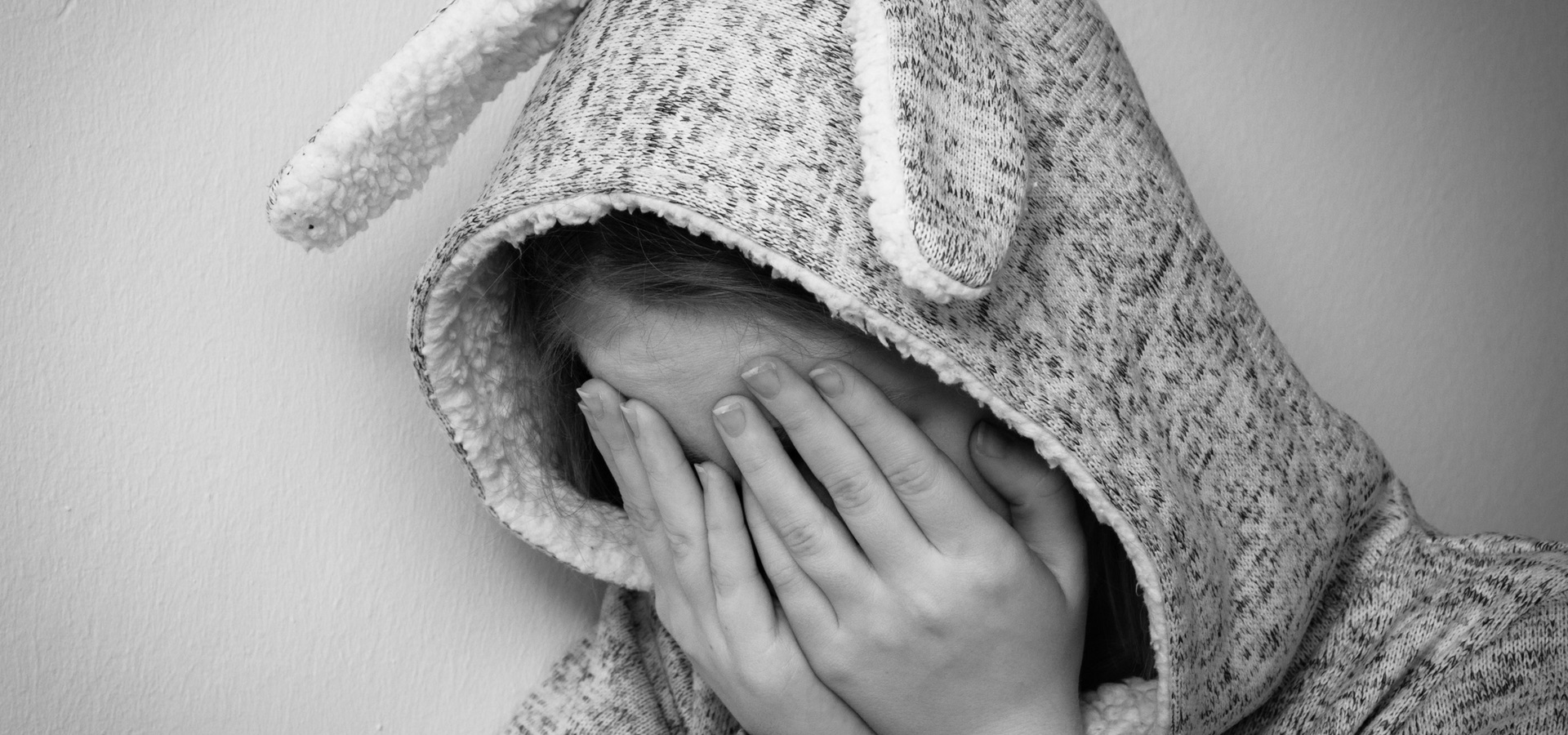The topic of bullying has become the focus of increasing attention and concern in recent times. Whereas in the past there may have been a tendency to downplay bullying and regard it as part of growing up, there is now an increasing awareness of it being a widespread social problem that can have serious short- and long-term consequences for both victim and perpetrator. Recent statistics show that up to 50% of school children are bullied each year. It is an issue which we ignore at our own peril!
What constitutes bullying? What is it that makes it different from someone simply fighting with your child, calling of names, being mean or teasing?
The essential elements of bullying are as follows :
- A more dominant child repeatedly exhibits aggressive behaviour towards a less powerful person.
- There is a conscious intent to hurt the other child, either physically or psychologically, and the bully derives pleasure from this behaviour.
- There is no justification whatsoever for the bullying behaviour.
- The intensity and/or duration of the bullying are damaging to the self-esteem of the victim
- The victim is vulnerable, often because of physical or psychological qualities, and cannoteffectively defend himself
- The victim feels isolated and is not supported by either peers or adults
- The bully knows that the victim wants the behaviour to stop but will persist with thebullying.
The effects and potential damage of bullying is difficult to assess, largely due to the varying vulnerability of children. However, for most there is a significantly negative impact on the victims’ general well-being. Self-esteem is inevitably damaged, there is heightened anxiety, signs of sadness and distress, withdrawal from social interaction, often general health problems develop such as headaches, stomach aches, disturbed sleep and even bed- wetting. There is often a deterioration in school performance as the bullied child becomes increasingly distressed and unable to concentrate.
Other warning signs that could signal that your child is being bullied include unexplained cuts and bruises, torn clothing, loss of appetite, reluctance to go to school, “loss” of possessions or pocket money, complaining of being starving when getting home from school (often a sign that the lunch box has been raided by the bully), becoming withdrawn, reduced social interaction, unexpected mood changes, irritability and temper outbursts, tearfulness, talking about suicide.
How do I help my child if I suspect that he is being bullied?
It is essential that when the child tells the parent about them being bullied, that they take what the child is saying seriously and act decisively. To ignore or minimise it would be the worst possible outcome for the child, already feeling over-whelmed, helpless and alone.
Whilst most schools have an anti-bullying policy, it is often difficult to implement and despite concerted efforts to eradicate bullying, it continues to occur.
Perhaps a more proactive approach is to teach your child to deal with the bullies that they may encounter.
One such approach is to teach your child to be assertive. The ability to be assertive is a life- long asset. Although it is necessary to be passive or aggressive at certain times in social situations, many children tend to be overly aggressive or passive. Children with poor assertiveness skills and who frequently display passive behavior, feel negative about themselves and do little to protect themselves, making them more vulnerable and more likely to be bullied and manipulated. Bullies prefer children who are unable to fight back or who withdraw from confrontation and cry when attacked. Likewise children who tend to be overly aggressive in their interactions are sometimes labeled as bullies and are often disliked by their peers.
In teaching children to be assertive, they learn to identify and express their feelings, be mindful of the feelings of others, have the confidence to say what they want and develop the skills to deflect difficult or unpleasant social situations. They develop strong self-esteem and are able to stand up for themselves in a pleasant but firm manner.
Without wishing to be pessimistic, it would seem that bullying is a perennial problem, very difficult to eradicate and likely to get worse as the stresses and pressures of life continue to escalate. It is a problem that is likely to confront most children at some point in their lives but by creating assertive, confident children hopefully the bullies will find fewer targets and may themselves learn to behave in more socially acceptable and positive ways.
Written By: Margie Wilson
We understand that there are many aspects that encompass a Mother, Father or Child and strive toward providing resources and services that accommodates this.
Our content is aimed to inform and educate families on issues starting from pregnancy through to the challenges of the teen-age years.
- Tiny Toons Looniversity Returns: Meet the Voice Behind Plucky and Hamton! - December 12, 2025
- From Pain to Possibility: Panado®’s New Marketing Campaign, Highlights The Joy Of Pain Relief - December 10, 2025
- Feeding Unicorns by Jeni-Anne Campbell: A bold new book for business leaders who care - December 9, 2025





